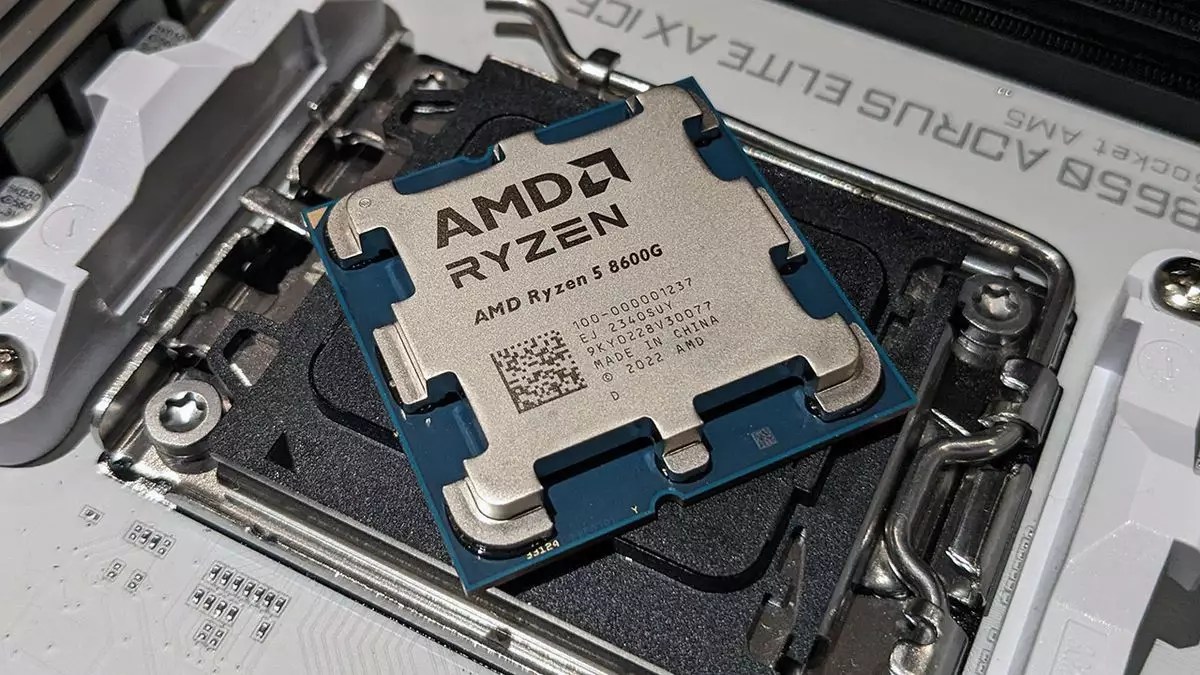Gone are the days of simple component naming schemes, where you could easily identify the specifications of a processor from its name alone. Today, manufacturers like AMD have taken things to a whole new level of complexity, leaving even tech enthusiasts scratching their heads in confusion.
Recent sightings of the Ryzen Pro 7300G and 7500G have added fuel to the fire of confusion surrounding AMD’s naming conventions. These chips, which bear the “Pro” designation, deviate from the typical naming pattern established by previous “G” SKUs in the 8000-series. It appears that these 7000G-series chips are early versions of the 8500G and 8300G, rebranded by AMD in a move that only serves to muddy the waters further.
AMD’s decision to dedicate an entire desktop generation to “G” processors, equipped with integrated RDNA 3 graphics, has left many consumers bewildered. The introduction of “F” chips in the 8000-series lineup further complicates matters, as these chips disable the integrated graphics, effectively turning them into traditional CPUs. This naming strategy not only mirrors Intel’s approach but also highlights the overlapping product lines that make it difficult for consumers to differentiate between CPUs and GPUs.
As if the existing naming confusion wasn’t enough, AMD has unveiled the new Ryzen 9000-series processors, marking a significant generational leap. Speculation suggests that this leap may also entail a corresponding shift in motherboard compatibility, with AMD likely to release 800-series chipsets to accompany the new CPUs. Despite these advancements, AMD has managed to maintain some consistency in its naming scheme, unlike its competitor Intel, which appears to be moving away from traditional Core naming conventions in favor of the Core Ultra 200-series branding.
With the constant evolution of processing technology and the increasing complexity of component specifications, it’s clear that navigating the world of CPU and GPU naming schemes is no easy feat. As manufacturers continue to push the boundaries of innovation, consumers must adapt to ever-changing naming conventions that often defy logic and coherence. The future of component naming remains uncertain, but one thing is for sure – keeping up with the latest trends and developments is essential for tech enthusiasts seeking to make informed purchasing decisions.
The bewildering array of AMD component names, from the Ryzen Pro 7300G to the Ryzen 9000-series, exemplifies the challenges that consumers face in deciphering modern processor specifications. As technology continues to advance at a rapid pace, it’s crucial for manufacturers to streamline their naming schemes and provide clear, concise information to consumers. Only then can we hope to navigate the complex world of CPUs and GPUs with confidence and clarity.


Leave a Reply